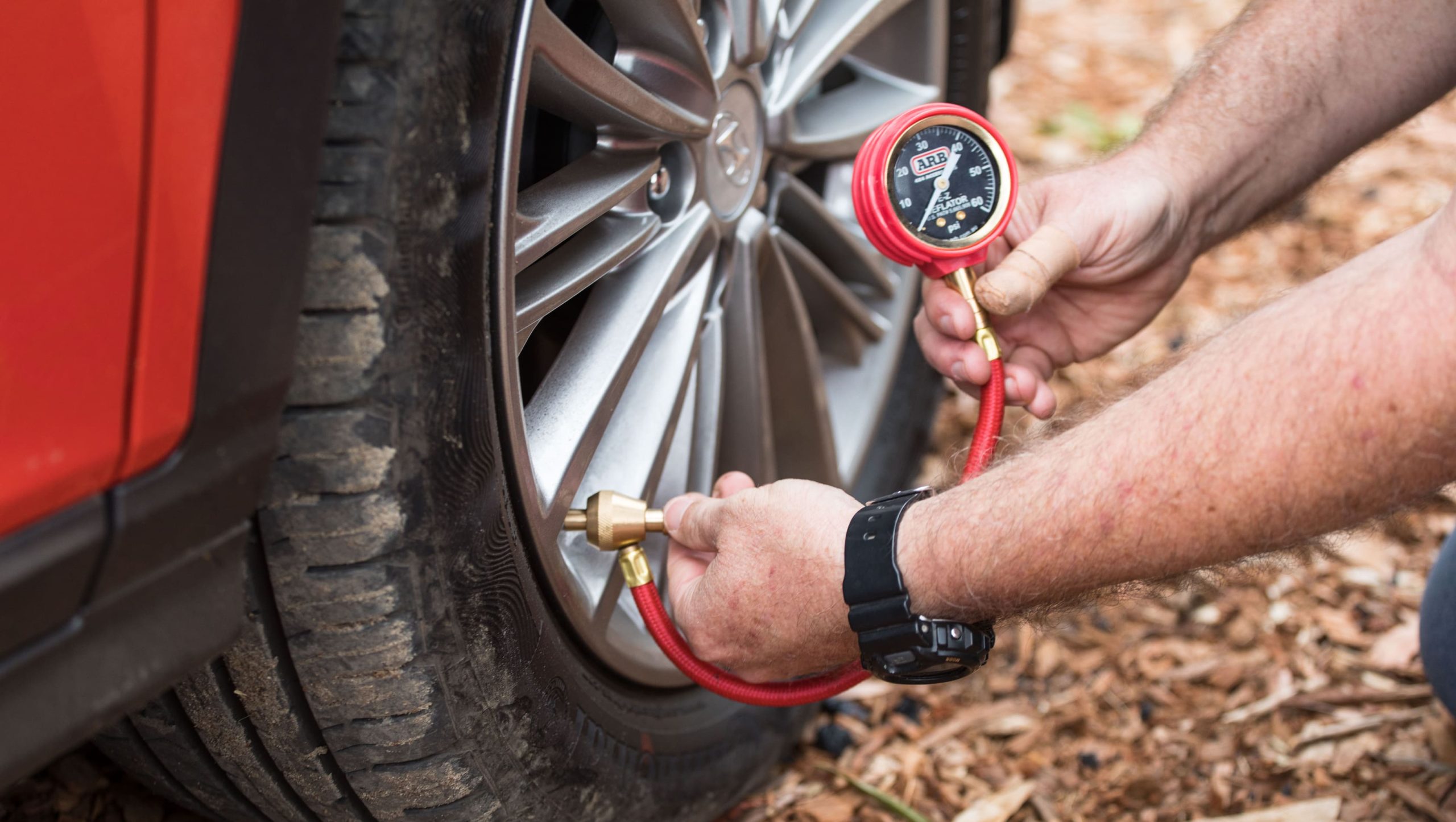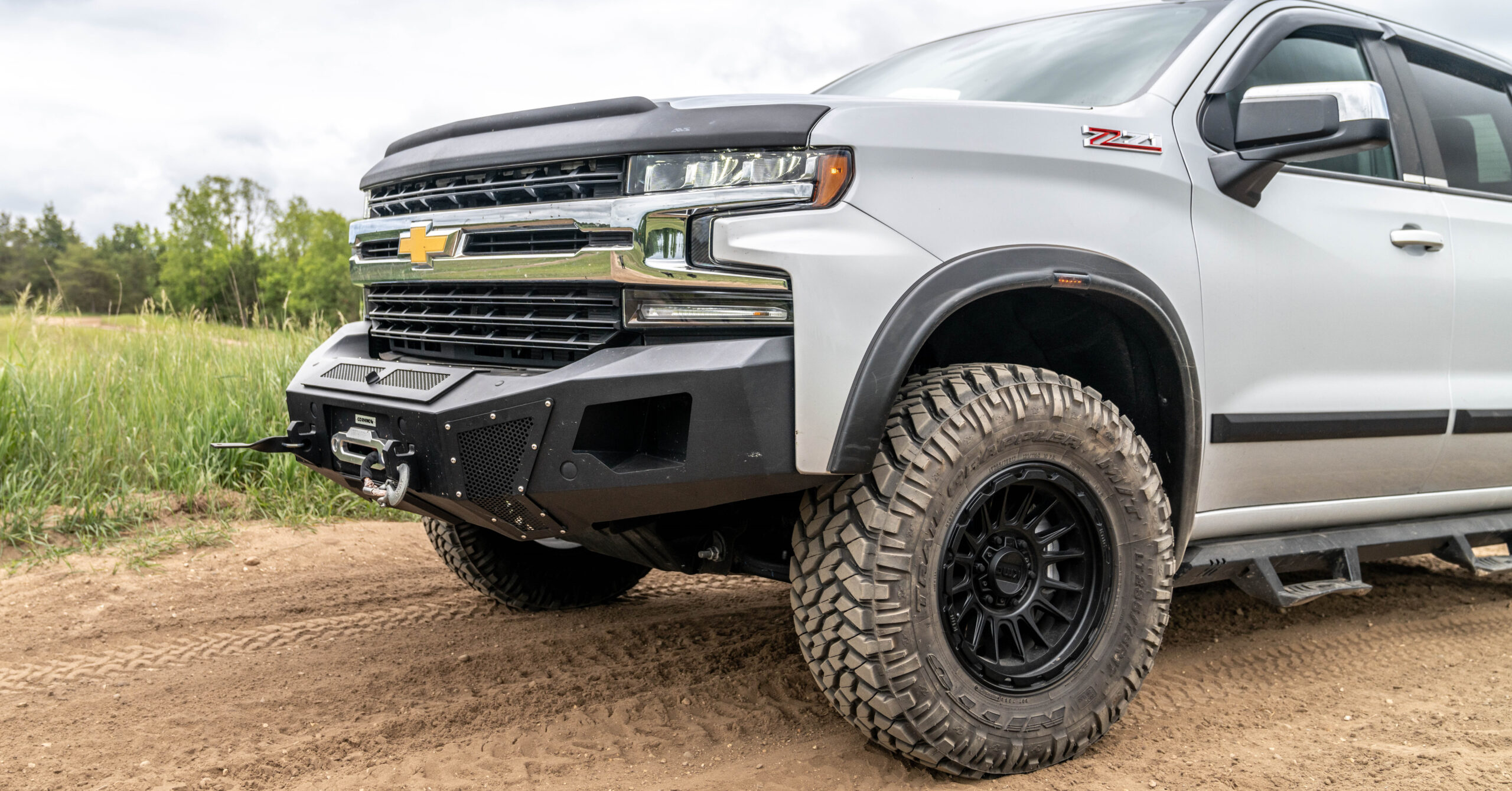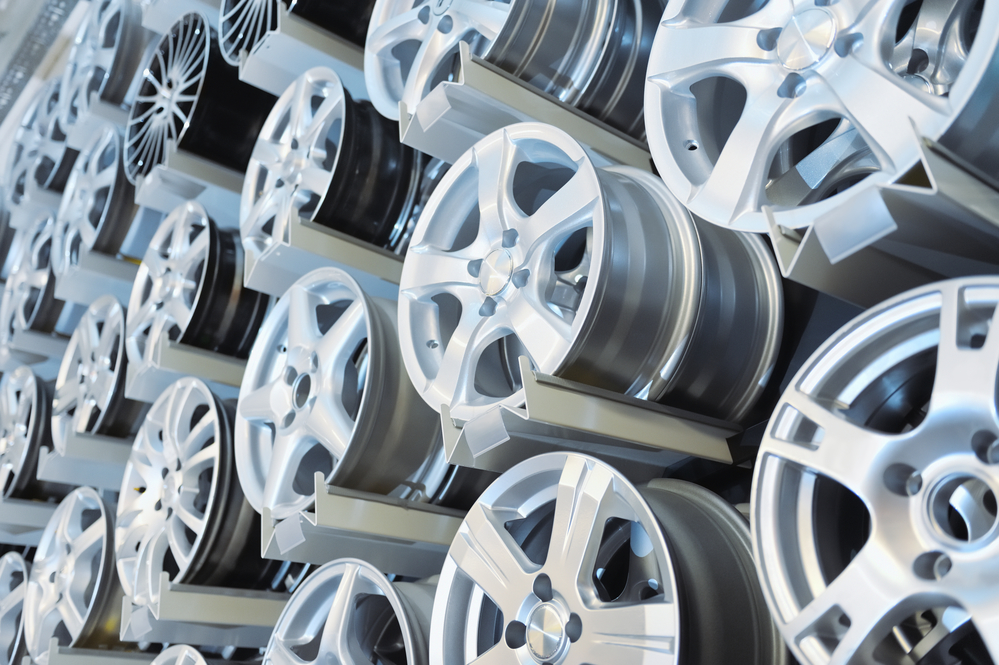There is nothing more important for the well-being of your vehicle than timely maintenance. Unfortunately, some important yet simple routines are being neglected by car owners. Or maybe you weren’t the car owner for long, in that case, it’s important to eliminate the ignorance regarding basic maintenance you need to do once in a while.
An example of such a routine is the responsibility of checking tire pressures and inflating them correctly. We are going to discuss this topic in detail and help you be knowledgeable about your tire’s condition.
What is PSI? Is it tire pressure?
PSI is the unit that represents pressure, the letters stand for Pounds per Square Inch. It is part of a measurement system commonly used in the United States.
The correct PSI for your tires depends on the standards of your vehicle’s manufacturer and the type of tires you have installed.
The reason your tires need the pressure inside is that they are the only points of contact between the full weight of your vehicle and the surface of the ground. The average weight of a vehicle, used in the United States, is somewhere between 4 and 5 thousand pounds. Imagine, what it would feel like to drive it on bare wheels that don’t use air pressure. It would be clumsy, to say the least, your car would spend much more fuel to keep you going, and the engine and other parts of the vehicle would work twice as hard.
How Do I Know the Correct PSI Level for my Tires?
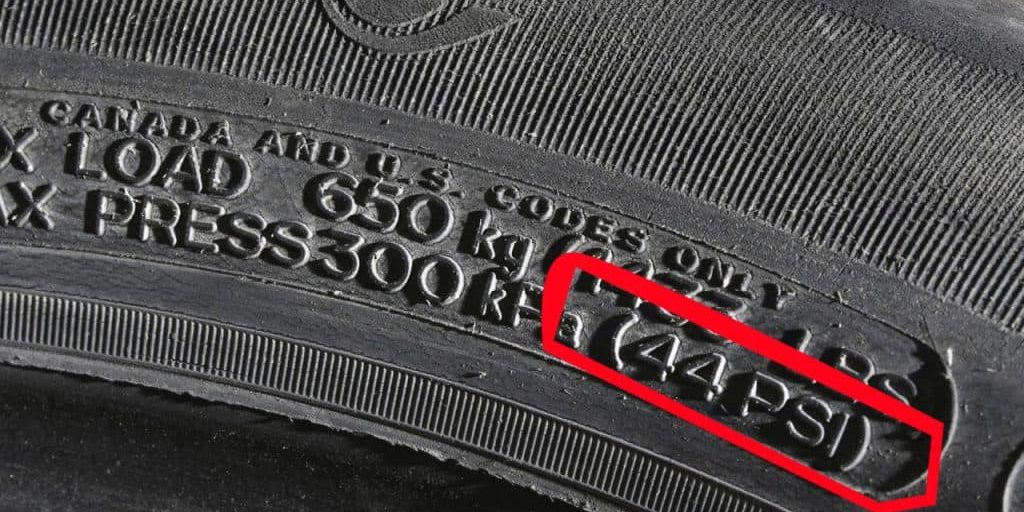
There is a chance to get confused when you first learn about PSI levels. It may happen if you notice that recommendations for the proper pressure can be found both on the manual of your car, on the information plate positioned somewhere inside your vehicle, or on the surface of the tires themselves.
Important! PSI level written on the surface of a tire is not a recommended level for pressure. This number actually means the maximum pressure that is allowed for this particular tire.
So what is the proper air pressure level for my tires? Usually, it should be less than the number printed on the tire. The correct number is specified in your vehicle’s owner manual, and more frequently on the information plate. The placard can be found on the inner side of either the driver’s door, glove compartment, or fuel door.
Keep in mind that you should not inflate your tire more than 5 PSI than the recommended number. And going over 40 PSI is hazardous for the majority of vehicles. Most vehicle manufacturers recommend approximately 30 or 35 pounds per square inch.
How to Check Vehicle Tire Pressure
Checking the current level of air pressure in your tires is fairly easy. Of course, you can do it in most car services and gas stations, but why waste your time driving there, if you can just check the PSI level yourself. To do this you just have to keep the pressure gauge in your vehicle at all times, or even own a tire inflator with an already installed pressure gauge.
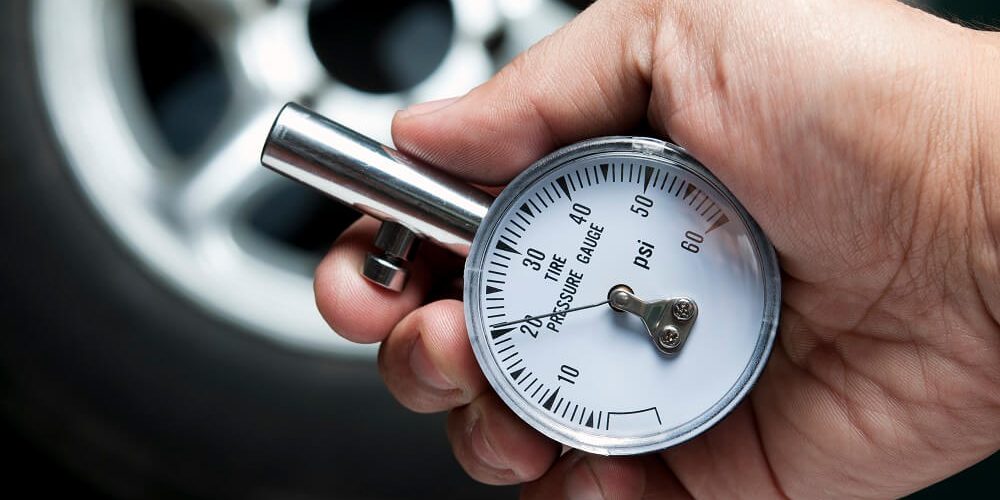
The price for just a good, reliable pressure gauge would be somewhere around thirty dollars, while a tire inflator with the gauge in the set can cost from 100 to 300 dollars depending on the quality of the product. One way or another, having both a pressure gauge and a tire inflator in your vehicle is crucial for emergency situations regarding wheels. We also don’t recommend buying a cheap gauge, because it doesn’t work reliably. A good decision, if you don’t want to buy a full tire inflator, would be to get yourself a digital gauge, which would show you an accurate level.
Here are the fast steps you need to go through to correctly check the tire’s pressure:
- Make sure the tires are cold. Do not start immediately after a long drive. An indicator would show you wrong numbers since hot air inside the tire increases the pressure and it comes back to normal only after cooling off. Wait at least an hour before starting a checkup.
- Unscrew the cap from the tire’s air valve. Make sure not to lose it.
- Connect the tire gauge with the air valve, you’ll receive a number immediately.
- Repeat the previous step a few times to make sure the readings are consistent and correct.
- Screw the caps back in place to close an air valve.
Now that you know the PSI level of your tires, you can compare the numbers recommended for specifically your vehicle. If the pressure is too high, push on the valve and the air would be released from the wheel. Check the pressure again using a gauge, you can repeat the releasing until the pressure would get down to a proper level.
If the PSI level is too high above the recommended number, you have to pump the tire using a tire inflator.
Where and How Do I Inflate My Tires?

As was mentioned before in this article, you can pump your tires almost at any gas station or car service that can provide you with a coin-operated tire inflator. Also, you can buy one yourself, it would provide you with the ability to maintain your tires at any time and anywhere. You can also use an old-fashioned bicycle air pump, although be ready to spend a lot of energy and time on inflating the tires manually.
You probably remember that PSI readings aren’t static. When the tires are hot, the pressure gets higher. So keeping it in mind applies to the process of inflating them too. The best time to check and inflate your tires would be in the morning. If you have to drive to a gas station to inflate them, be sure to come to the nearest place possible, in order to not get the wheels hot by the time you arrive.
Some air inflation machines at gas stations and vehicle services have the function of setting the required PSI level before actually inflating the tire. You just type the required numbers, turn it on, and after the work is done, pay with coins. Other automatic air pumps have a built-in pressure gauge so you can control the process yourself and stop at the optimal number.
Some tips on using an automatic air pump at the gas station
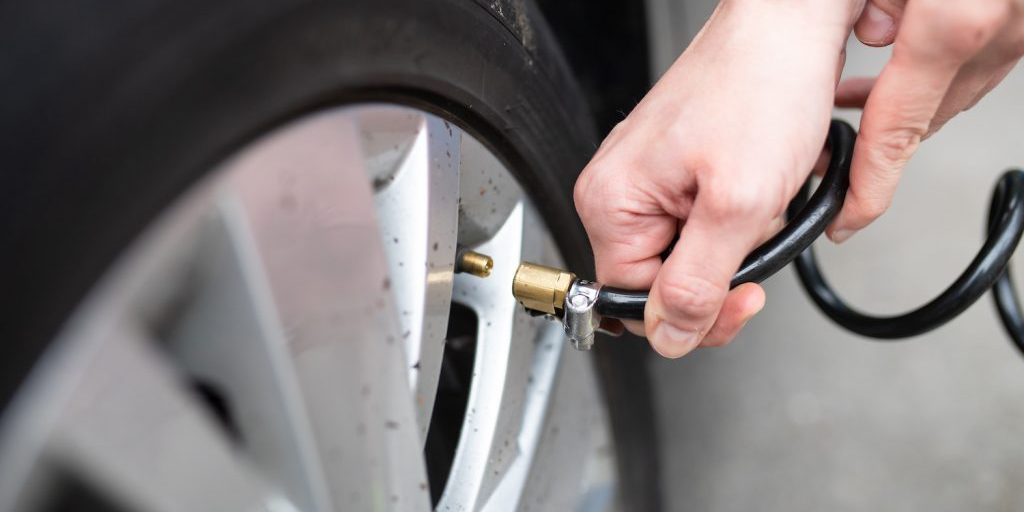
The pump works fast, so be ready to use it on the wheel before actually turning it on. Park your vehicle close to a pump, unscrew the cap, check the pressure and note how much pressure your tire requires. Only then you can inflate it.
If the air pump has the function of setting up the desired PSI, it will make a sound when the tire has enough pressure, which means the work is done. If you have to check the pressure yourself, then be careful not to inflate the tire for longer than ten seconds.
If you’ve spotted that the tire is overinflated, just press on the air valve to release some portion of pressure and check again.
Be sure to check all tires while you’re at it.
Some tire inflators have a special system that requires you to constantly keep the pump and the valve connected both for inflation and for checking the pressure level. Check what type of air pump you use to feel comfortable.
The Reasons For Maintaining Tire Pressure
Did you know that most of the newly manufactured vehicles have an onboard system that monitors tire pressure? They turn on the dashboard icons when any of the car’s tires is underinflated by at least 25 percent.
The paramount reason for maintaining the correct tire pressure is safety. If at least one tire will get underinflated, it would considerably affect the overall controllability and maneuverability of your vehicle. It also decreases the stopping distance, which can put you and other cars on the roads at risk.
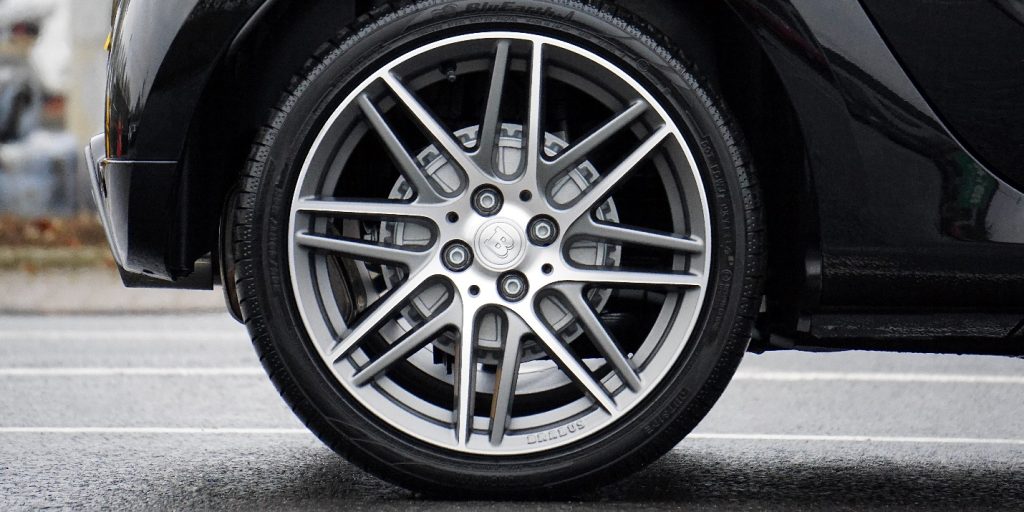
Underinflation significantly increases the risk of blowout and tire damage. Remember about the heat that generates in the pressure when you drive? Well, not enough pressure causes more excessive heating that will gradually damage your tires.
It also affects the amount of fuel your vehicle uses for the same mileage. Underinflated tires make your car drink that fuel like crazy. For every three underinflated PSI your car will burn one percent more of the fuel.
Keeping your vehicle’s tires well maintained will reduce your impact on the environment, since your car would use less fuel and, of course, your tires would serve longer before you have to change them.
Underinflated tires deteriorate much faster, sometimes cutting off fifty percent of their lifespan.
When Do I Check My Tire Pressure?
The best answer to this question would be – once every month. Statistics say that each tire loses around one PSI a month. Also, if some imperceptible damage was done to your tire, it will slowly but surely lose pressure, so from time to time, you have to make sure everything is in order. So once a month is ideal timing.
Remember not to check the PSI levels after a long ride, or if your vehicle was staying under direct sunlight.
